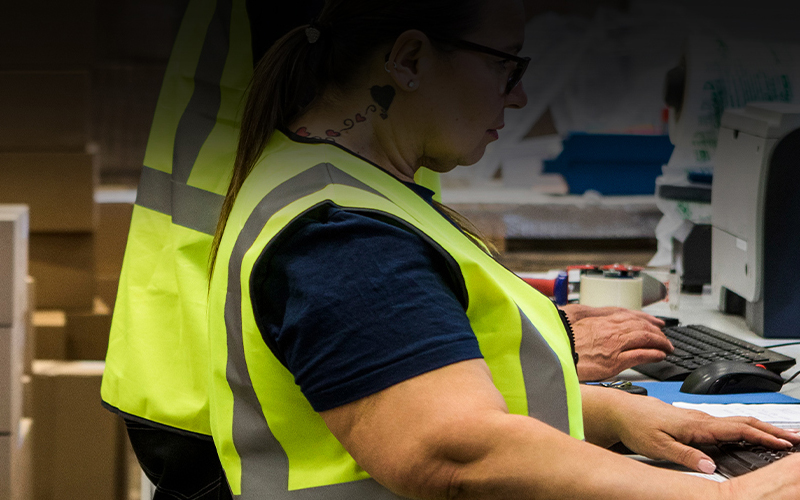Time to break out of the traditional mould
Complacency is a common human tendency that allows us to take comfort in old habits, even when its consequences suggest we no longer should trust them. When it comes to supply chain planning, this statement rings true for several industries, if not all. Businesses may have adapted operations over time to improve performance, but the fundamental approach has remained stagnant for more than two decades. Thus, outcomes often result in added complexities and work-a-rounds to an already unstable system.
Chasing the wind
Several inventory-based supply chains work tirelessly to generate more and more accurate forecasts in order to produce their Master Production Schedule (MPS). This is then exploded through Materials Requirements Planning (MRP) and/or Distribution Requirements Planning (DRP) system to determine their “4M” requirements - Money, (wo)Men, Material, and Machine.
Following this, a team of planners furiously sift through a deluge of time-based exception messages in an attempt to execute the plan, all against the daily backdrop of shifting demand. This process is further complicated by “black box” optimisation engines, which are typically set up by people who have now moved on from the business. To make matters worse, companies barely survive through to the end of the month, only to re-forecast and start all over again.
While this may not be the situation for every supply chain, you would be surprised as to how many companies struggle with this on a day-to-day basis.
This forecast led supply chain strategy referred to as a push-based approach is becoming increasingly difficult to manage, despite a rise in computing power, artificial intelligence (AI), machine learning (ML), and deep analytic-based algorithms.
The reason for this includes, but is not limited to, the following:
- Proliferating product ranges
- Shorter product life cycles
- Wider and more intense competition
- Mass customisation
- Complex omni-channel route to market all against a background of elongated supply chains
- Shrinking customer tolerance times
- Increased off-shoring
These factors are often self-inflicted, and the challenges they bring are compounded by external complications, such as geopolitical instability, socio-economic pressures, currency volatility, catastrophic weather patterns, and now a global pandemic.
Changing course
We live in a world where volatility and variability are on the rise and the ability to forecast accurately at a SKU level is becoming far more challenging. Forward thinking businesses now realise that using the forecast as a primary input in operational supply chain planning and execution is inefficient, erratic in performance, and leads to poor usability of people resources.
Review your own inventory growth over the last 5 years, service level, and time-to-market performance. Then compare the cost, time, and effort invested in getting to this point. The result is unlikely to reassure you about the efficacy of the effort put in. This is the starting point for you to address a number of changes needed in the paradigm. The first observation being that the forecast does not provide the most accurate information to drive supply chains.
In our next blog we will explore traditional supply chain models. Specifically, the KPI’s that measure team performance, which further exacerbate the forecast issue, and how end-to-end flow-based metrics offer a much better opportunity to improve supply chains.





